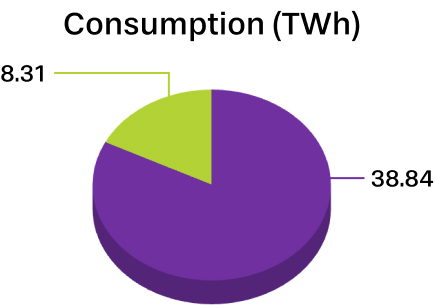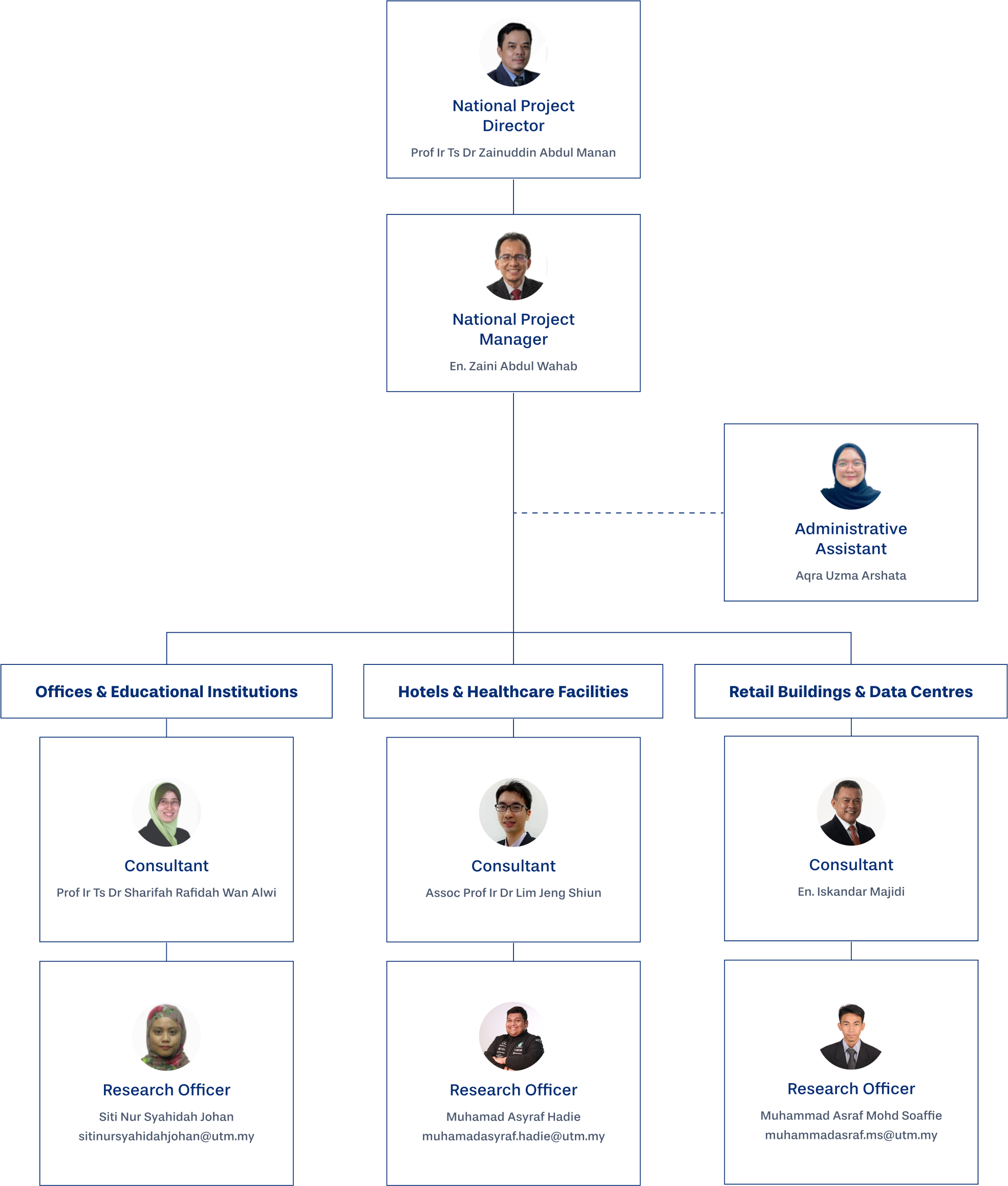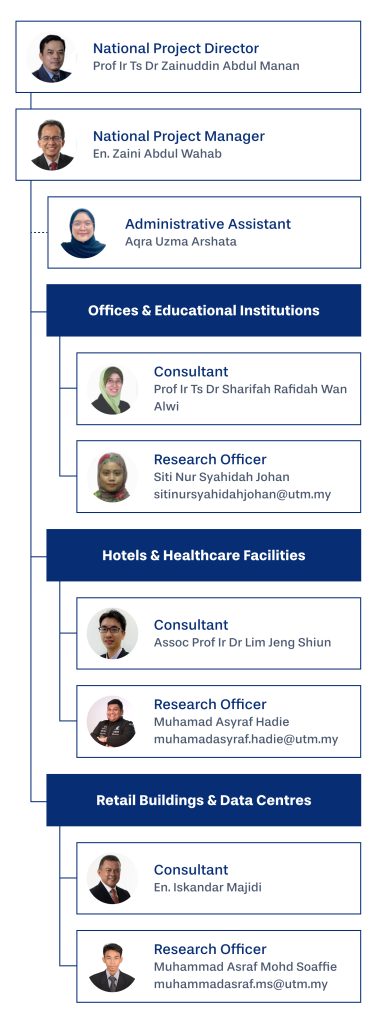About The Project
Project Overview
The National Building Energy Intensity Benchmarking Project is funded by the Akaun Amanah Industri Bekalan Elektrik (AAIBE) under the Kementerian Peralihan Tenaga Dan Transformasi Air (PETRA). This one-year project is implemented by Suruhanjaya Tenaga, Universiti Teknologi Malaysia, and the Malaysian Association of Energy Services Companies (MAESCO). The project aims to develop a Building Energy Intensity (BEI) star rating classification system for designated commercial buildings in Malaysia.
Buildings account for 49% of electricity use and 12% of final energy demand in Malaysia (National Energy Balance, 2019). BEI Labeling serves as a crucial tool for benchmarking building energy performance and driving improvements in energy efficiency. This project directly supports the implementation of BEI Labeling under the upcoming Energy Efficiency and Conservation Act (ECCA) by establishing the BEI star rating system for six key building sectors, i.e., office buildings, educational institutions, hotels, hospitals, data centers, and retail buildings.
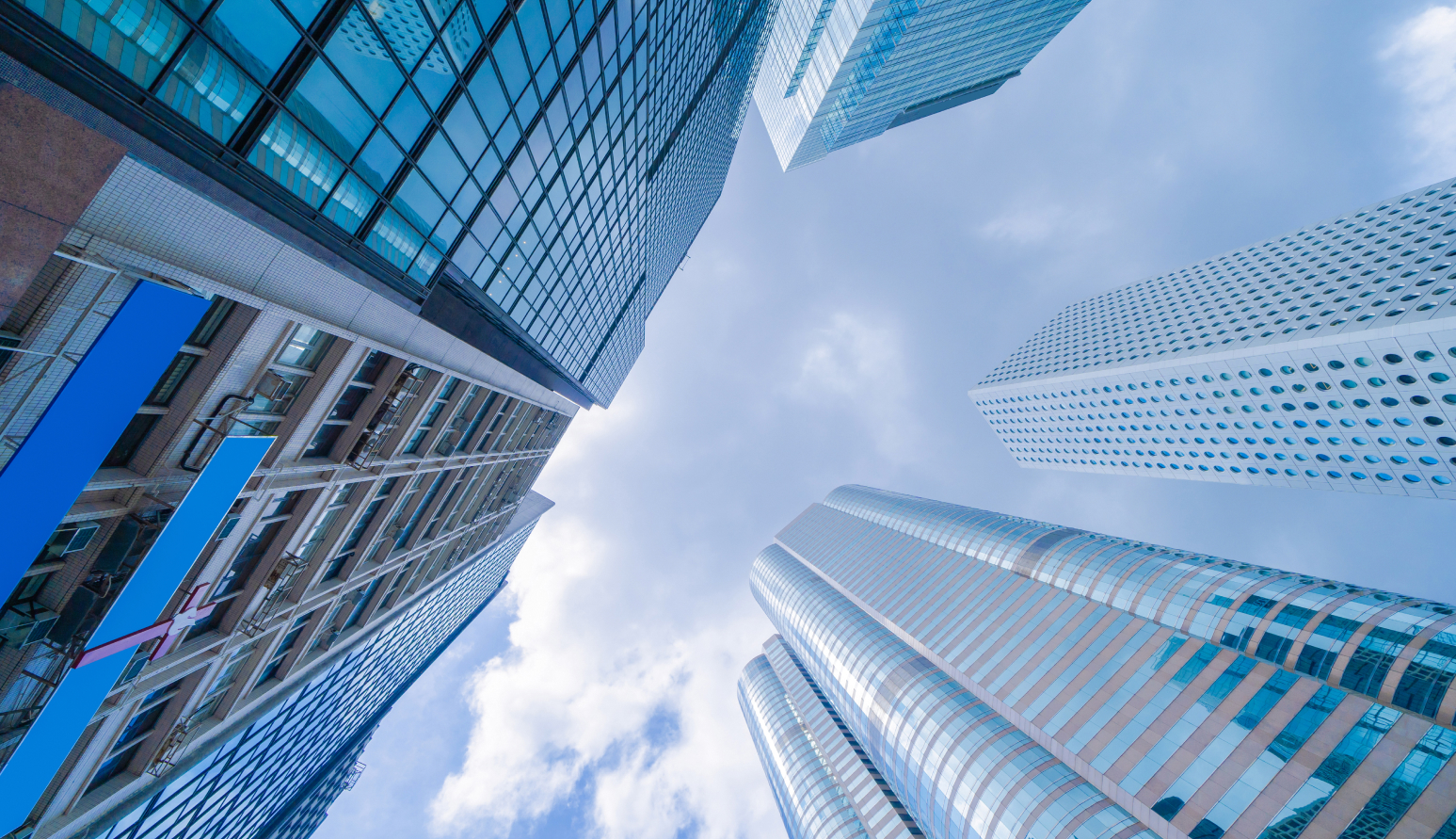
Supported by:
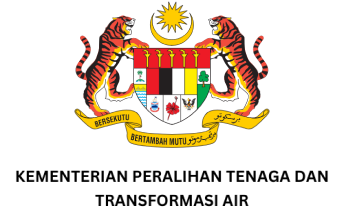
Implemented by:



Project Committee
- Steering Committee
- Technical Advisory Committee
- Technical Expert Working Group Members
- Project Team Members
Role: Project Owner (PETRA), Energy Policy-related Input, Inter-Ministry Liaison, Authorities for Sub-Sector Mobilisation
- Kementerian Peralihan Tenaga dan Transformasi Air (PETRA)
- Suruhanjaya Tenaga (ST)
- Sustainable Energy Development Authority (SEDA)
- Kementerian Perumahan dan Kerajaan Tempatan (KPKT)
- Kementerian Pendidikan TInggi (KPT)
- Jabatan Kerja Raya Malaysia (JKR)
- Kementerian Ekonomi
- Kementerian Kerja Raya (KKR)
- Kementerian Kesihatan (KKM)
- Kementerian Digital
- Kementerian Pelancongan, Seni dan Budaya (MOTAC)
Role: Technical advisors & experts, sub-sector mobilisation, data provider, consultation and networking
- Suruhanjaya Tenaga (ST)
- Real Estate and Housing Developers’ Association (Rehda)
- Sustainable Energy Development Authority Malaysia (SEDA)
- Malaysian Green Technology and Climate Change Corporation (MGTC)
- National Property Information Centre (NAPIC)
- Jabaran Kerajaan Tempatan (JKT)
- Malaysia Productivity Corporation (MPC)
- Malaysia Digital Economy Corporation Sdn Bhd (MDEC)
- Malaysian REIT Managers Association (MRMA)
- Pertubuhan Arkitek Malaysia (PAM)
- Tenaga Nasional Berhad (TNB)
- Gas Malaysia Berhad
- Green Bulding Index (GBI) – Anak syarikat PAM
- Persatuan Pengurusan Kompleks Malaysia (PPK)
- Malaysia Association of Registered Electrical Managers (MAREEM)
- Malaysia Green Building Confederation (MGBC)
- Jabatan Perangkaan Malaysia (DOSM)
- Jabatan Kerja Raya (JKR)
- Malaysian Association of Facility Management (MAFM)
- Ar Michael, Ching Chee Hong – Malaysia Green Building Council
- Mr Tan Tze Meng – Malaysia Digital Economy Corporation Sdn. Bhd
- Ir Chen Thiam Leong – PRIMETECH Engineers Sdn. Bhd.Malaysia
- Mr Gregers Reimann – IEN Consultants Sdn. Bhd.
- Ts. Steve Anthony Lojuntin – Sustainable Energy Development Authority (SEDA)
- Assoc. Prof. Ir. Dr Nofri Yenita Dahlan – Universiti Teknologi MARA (UiTM)
- Ir. Lum Youk Lee – Persatuan Pengurusan Kompleks Malaysia (PPKM)
- Ir. Stephen Phang – Malaysian Association of Energy Services Companies (MAESCO)
Key Goals for Enhancing Building Energy Efficiency
BEI Project Objectives
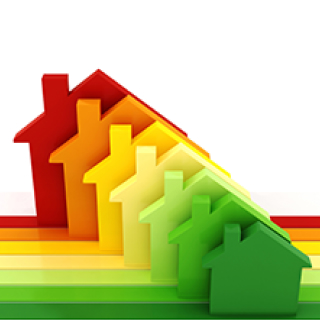
BEI Methodology
BEI Benchmarking Methodology for Key Building Categories

BEI Database
Database for BEI Benchmarking
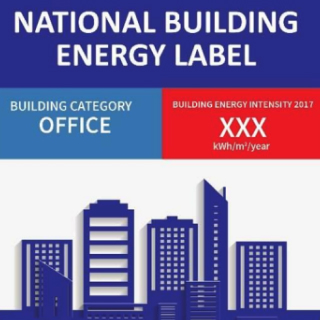
BEI Label
Building Energy Label / Rating
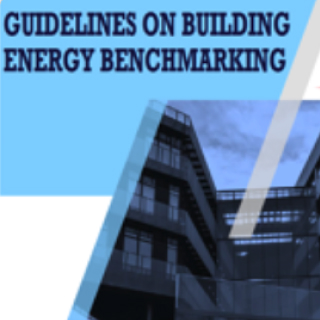
BEI Guidelines
Guidelines for BEI Benchmarking & Reporting
Key Goals for Enhancing Building Energy Efficiency
EECA - Energy Efficiency and Conservation Act
Overview of the EECA
The Energy Efficiency and Conservation Act (EECA) which was passed by the Dewan Rakyat Malaysia in October 2023 is expected to come into effect by the year 2025. The main objectives of EECA development is:
- To have comprehensive legislation (electricity and thermal) to drive energy efficiency.
- To improve energy efficiency initiatives in industry, commercial and residential sectors.
- To reduce 45% of carbon emission pledged in COP21 (Paris Agreement) by 2030 based on 2005 level.
- To support the government’s aspiration to achieve carbon neutrality by 2050.
- To effectively manage energy demand, promoting efficient and sustainable energy consumption practices.
Under the Part III of EECA framework, an installation which consumes 21,600 GJ (gigajoules) of energy over a 12-month period (referred to as an “energy consumer”) will be subject to EECA regulations and provisions. Data from Tenaga Nasional Berhad (TNB) shows that a total of 4.3% of industrial installations (28,687 industrial consumer) contributes about 66% of total industrial energy consumption, and 0.04% of commercial installations (1.5 million commercial consumer) contributes a total of 21% of total commercial consumption as illustrated in Figure 1. To address the remaining 79% of the commercial or buildings energy consumption, EECA Part IV will make it mandatory for commercial buildings specified in Schedule 3 to display Building Energy Label (BEL). The first phase of the BEL implementation shall involve purpose built offices. This will be followed by hotels, malls, private hospitals etc. The BEI label will describe Building Energy Intensity (BEI), star rating and building type. Buildings labelled with less than 2 stars are required to conduct energy audits and submit improvement plans. The Energy Commission (EC) is the implementing agency responsible for verifying a building’s data and for issuing the label.
Data from TNB 2015
Duties of Energy Consumer
Any energy consumer who consumes 21,600 GJ (gigajoules) of energy over a 12-month period will be subject to its regulations and provisions
(Equivalent to about RM 1.0 Million for Natural Gas Bill & RM 2.4 Million for Electricity Bill)
Industrial
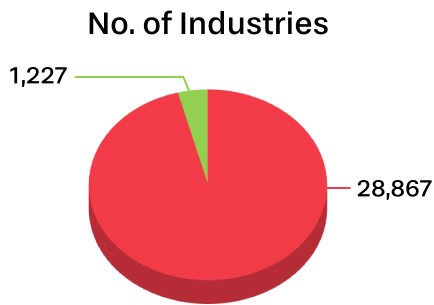
4.3% Industrial installations are subjected to EECA from a total od 28,687 Industrial Consumer (data from TNB)

66% of total industrial consumption
Commercial
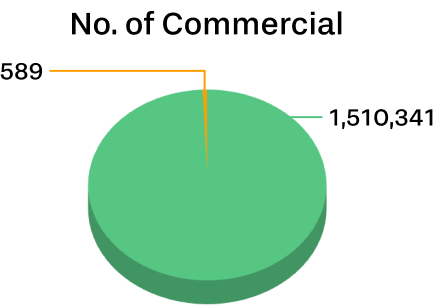
0.04% Commercial installation are subjected to EECA from a total of 1.5 million commercial consumer (data from TNB)
